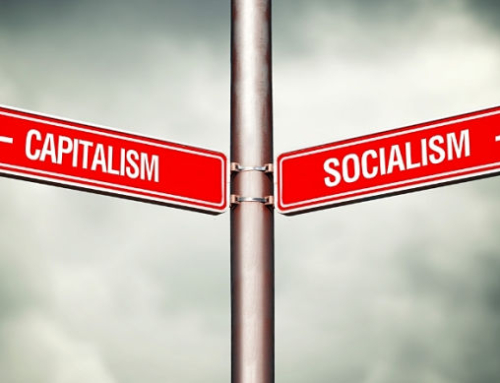Guest Post
Here in the states, a debate rages across party lines to determine how we as a country will move forward with our healthcare system. As of now, the United States population is about 91% covered, whether it be public insurance (35%) or private/ employer subsidized (56%). Here, private insurance dominates the market and private insurance companies make inordinate sums of money. Our system is incredibly inefficient with many unnecessary processes eating up patient budgets to pay for administration, legal offices, medical coding, and price negotiation.
The topic for today covers how Taiwan changed things up in 1995 by thinking of patients instead of profits.
Taiwan Takes the Cake
Imagine walking into a hospital with a hole in your foot from a skim boarding accident. In America this process starts with checking in, providing relevant information, checking with the provider to find out if they are in your insurance’s network, and then, often, payment for the visit before waiting for the better part of an hour. When you do finally get seen, you are walked into a room where basic diagnostics are performed by nurses trying to move you through at light speed like a production line. Then you see a doctor for about 10 minutes who says “clean that with alcohol twice a day and ill prescribe you some fentanyl for the pain”. Now you suddenly have a 3000 dollar bill for the doctors 10 minutes that your insurance will cover about $1500 of (depending on the details of your particular insurance provider) and your prescription comes mostly out of pocket.
Let’s have that same experience in Taiwan now.
You enter the hospital and check in with your National Health Insurance Card, which has all of your medical history accessible via a central database. While you wait to see the doctor, nurses are already checking your temperature and blood pressure. When they are done, you are wheeled to another station where the doctor is waiting to see you. The doctor cleans and inspects your wound before giving you 6 stitches and wrapping you up like a Christmas present with tender loving care. You are sent on your way and told to pay at the window on the way out. Your total comes out to a bit under $100 dollars US and you are informed that you will be compensated by the government later making the visit nearly “Free”.
Single Payer, Private Providers
There are demographic differences that affect a country’s ability to care for its citizens. In Taiwan has around 30 million people to cover and they spend about 6% of GDP on Healthcare. The United States is home to 300 million more people and spends nearly 20% of its GDP on healthcare. But the biggest difference comes down to the system itself.
In Taiwan, they have instituted a single payer system where the government collects taxes based on income that are used to cover the nations medical expenses and citizens need not worry about being able to afford the care they need. The care providers are still private entities meaning that there is competition between providers to provide care in an efficient manner and keep wait times low so as not to lose out to another nearby facility. Citizens do not need a recommendation to go see a specialist and can make their own decision about who they want to receive their care from without checking in with an insurance provider to find out whether or not that particular care is in network or not. There is even a “Cloud” health system where non-emergency services are available 24/7 to those who may not be able to make the trip to the hospital. If Granny misses her meds in the morning, there is a whole department devoted to calling here and checking in to make sure she stays current. Isn’t that ridiculous!?
Is Taiwan the Prototype?
There are plenty of Top 10 lists running around the internet that don’t even list Taiwan, yet statistically they are the number 1 operating healthcare system. This may be due to the fact that its separation from China may not be formally recognized by anyone that does a lot of business with China. 99% of the citizenry is covered. They may not have the highest “quality” of care, but it is getting better with time. Right now the country is facing an aging population with less new blood paying into the system and more elderly folks leaning on it. Many providers are stressing that their employees are overworked and there simply aren’t enough doctors to go around. Will America head in the same direction after 2020? That’s up to us. Make an informed decision at the ballot in November that goes passed the popularity contest and find out.
About the Author
Hello, you can call me Suede. I am a Millennial living in Southern California and over the course of my short life I’ve worked in more industries than many will ever experience, experimented with psychoactive substances and explored the inner workings of the human mind to find the underlying truths that we all live with. My journey has led me all over the United States and a few places outside it in order to understand what makes a life worth living. I am an entrepreneur, an autodidact, and a creator. I am Suede, nice to meet you.
Related Articles
Medical Insecurity
Healthcare Showdown: France
The Cost of Healthcare







